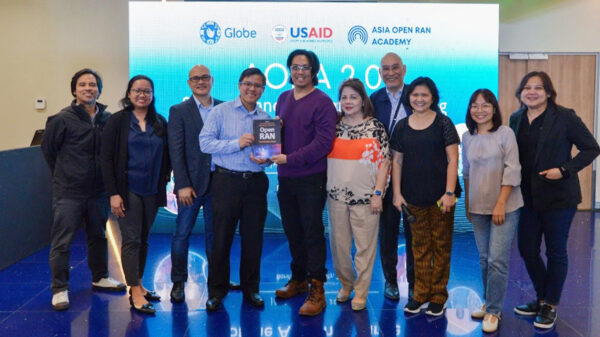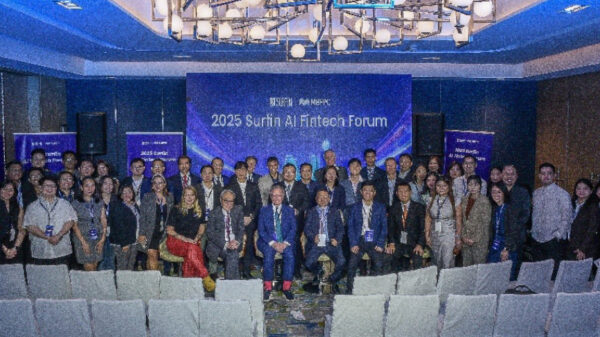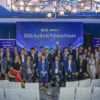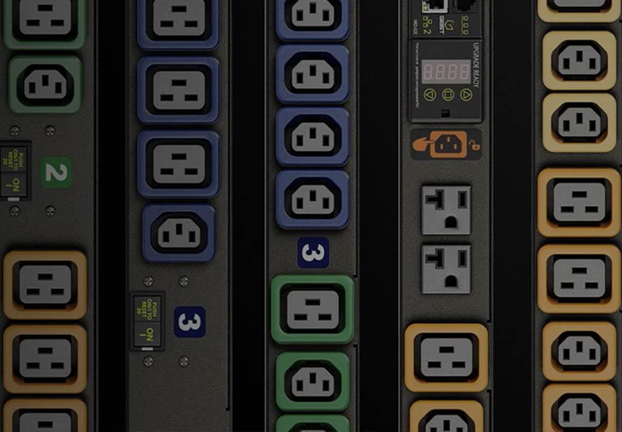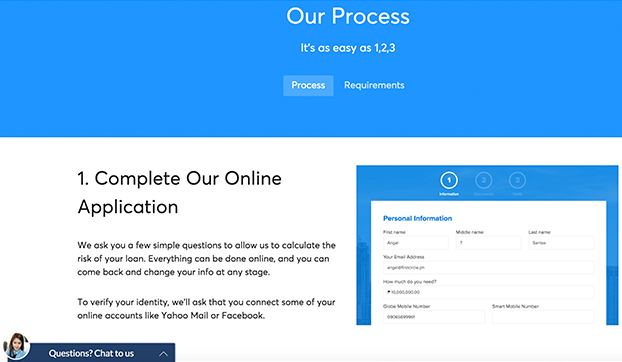Just a century ago, work settings were absent of telephones, typewriters, calculators, digital computers, and even, women. People from that era would not recognize today’s professional environment, which is highly automated and impersonal. Individuals working remotely are not only accepted at most companies today, but encouraged. Business is generally run at the speed of information exchange, facilitated by data communications and real-time audio and video. Yet, the world of work we know today is undergoing a metamorphosis. In 10 years, the average work environment will be as foreign to most people now as today’s work environment would be to someone living a century ago.
Stratecast | Frost & Sullivan’s new analysis, “Beyond SOHO: The Future of Work,” envisions the future of the professional work setting. The research features results from a Connected Home survey of more than 1,700 respondents, finding about 30 percent of individuals indicate they work from home, at least part of the time. The analysis highlights the real reason professionals work at all, and examines the transformational technologies that are, even now, being introduced into the workplace. The research also answers the question of how business can depend less on a formalized structure, and more on a “virtualized,” idea-driven structure to leverage intellectual property for profit.
“The migration of work from the office to the home is profound,” said Mike Jude, Ph.D., Consumer Communication Services program manager for Stratecast | Frost & Sullivan. “This relocation defines the way in which professional workers interact, conduct business and manage their work-home dynamic. It also, not incidentally, defines how they buy and utilize communication services.”
Ongoing research proves labor is a commodity supplied where least expensive, particularly in the manufacturing sector. However, good ideas cannot be produced on an assembly line. Good ideas spawn new products and service; and, armed with a good idea, all other factors of product or service creation can be outsourced.
However, ideation is more of a social activity than a structured one. As business increasingly depends on ideation, identifying the good ideas, and connecting them to production, marketing and sales will become critical to remaining competitive. Social media and e-gaming are key tools most businesses overlook that could be harnessed to effectively facilitate mindshare in the office.
“Along with social media and e-gaming, mobility has also largely been overlooked as an enabler of ideation and flexible work,” added Jude. “Businesses generally view mobility as a way to extend the utility of employees, instead of combining tools to capture ideas and facilitate ideation. Organizations of the future must break from the misconception that e-gaming, social media and other virtualization tools are confined to marketing and sales functions only, rather than as places for creative interaction.”
Mobility will play a key role in the future of work. As cellular networks become more data-centric, portal devices such as smartphones, tablets, and in the near future, devices like heads-up displays, will provide a portable work experience. The implication of business focused on ideation, armed with virtual work environments that are projected to workers using mobile technologies, is transformational. Communication service providers focused on developing communication capabilities and cloud-based services that facilitate the construction of intelligent ideation spaces on the Web will be the leaders in this work revolution.


